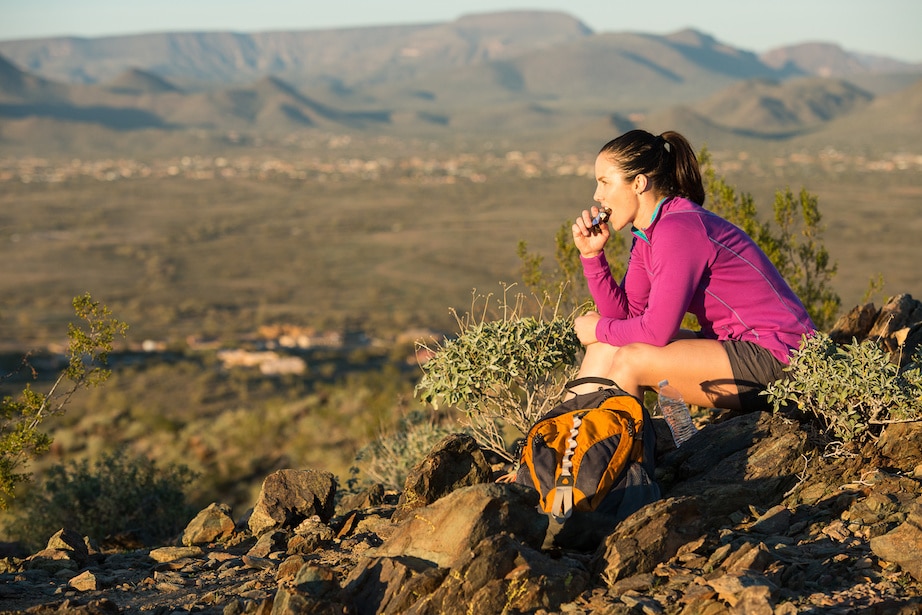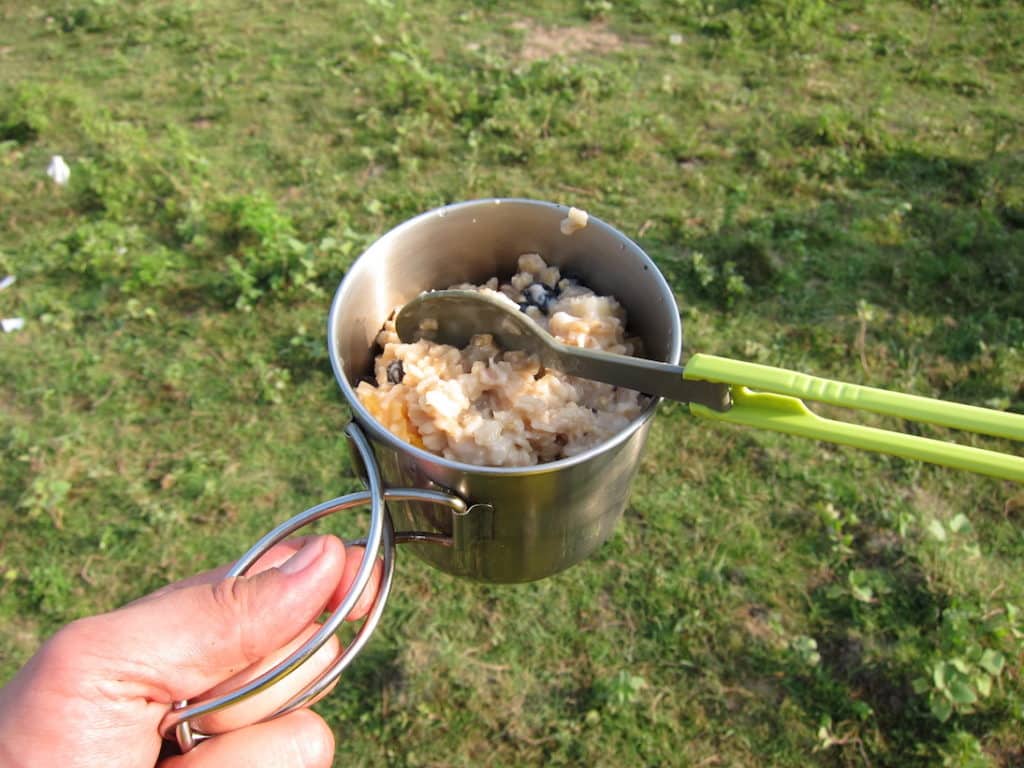“What’s fructose? What’s GMO? What do these words mean?
These are some of the questions my 9-year-old daughter asked me last June as the family shopped for good snacks for a backpacking trip. By July, my daughter had vowed to stop eating food with “junk” in it. And to date, she has kept her word.
Take a tour of your local grocery store, and peruse the list of ingredients on the back or side of the packaging of many of those so-called healthy snacks. You might be unpleasantly surprised to find that an abundance of these products tout themselves as containing all natural ingredients, when in actuality they contain just the opposite.
It’s a bad habit, but often when we shop for those “in-between foods” (between meals), we’ll grab up what looks good or is easy to pack. Or we find ourselves purchasing items out of habit or convenience. But the truth is on the trail:
Sugary, high-calorie snacks never translate into positive energy.
Time for Change
We’ve all experienced the benefits of using high-tech climbing and outdoor gear, but are high-tech snacks the way we want to go? I think not. Whether hiking in the front country or the backcountry, we know when we’re in need of a quick nutritional resource. For some folks, it comes down to what’s easiest — grabbing up a candy bar or peeling an orange. Instinctively we know that habits of healthy choosing will always be better for us at the end of the trail.
But bad habits are easy to start up and difficult to break. It’s like a 10-mile trek into the woods. It’s going to take another 10 miles to get out. But get out you must!
Poor nutrition eventually takes an emotional toll. Bad food converts to a bad mood. And if you’re not consuming the proper food to keep you emotionally and physically charged, your experience in the woods will be less than a success.
What to Look for in a Backcountry Snack
When you’re bonking on junk food, you’re missing out on the beautiful scenery, pleasant conversations with hiking partners and the inspiring moments that prompted you to step on the trail in the first place. Here are some recommendations on what to look for in a backcountry snack:
- Nut butters and nuts (assuming you and no one else in your group in allergic to nuts) is a great source of good fats and proteins, and has the added benefit of calorie dense.
- Beef, chicken, salmon, and turkey jerky are another great low-in-sugar / calorie dense choice.
- Hydrated goop like that which is available from SiS (Science in Sport) is lightweight and delivers quick energy while absorbing quickly without additional water consumption required. Use a goop that’s gluten- and wheat-free, and you’ll avoid all the GMOs that invariably make their way into today’s food supply.
- Nutrition bars with a 40/30/30 ratio also make for a healthy backcountry snack alternative. The ratio refers to the percentages of carbohydrates, proteins, and good fats found in the bar. If you’re looking for a gluten-free option, consider the bars from PureFit — one of the very first gluten-free sports nutrition bar companies out there.
Experiment at Home
Create a healthy menu that fits your trip and your health tastes. Then go to the store and stick to that shopping list. In fact, just consider the grocery store as your trailhead. What good foods do you crave at home? How can you take the proper food into the backcountry?
Cook meals you may want to have on the trail. Don’t wait until the week before your trip to establish healthy eating habits. Test recipes and prepare trail meals and snacks all year round. Because if you don’t like what you fix at home, you’re certainly not going to eat it on the trail.
– – – – – – – – – –
About the Author: Stephen Mullaney is the staff development director at The National Center for Outdoor & Adventure Education (NCOAE) in Wilmington, N.C., where he is responsible for the training and education of NCOAE’s field instructors. He is a member of the North Carolina Association of Educators (NCAE) and has taught within the Durham, N.C., public school system. Stephen received his undergraduate degree in English from Framingham State University, and his Master’s Degree in Education from North Carolina Central University.
TALK TO US
Have any further questions about our courses, what you’ll learn, or what else to expect? Contact us, we’re here to help!


Leave a comment